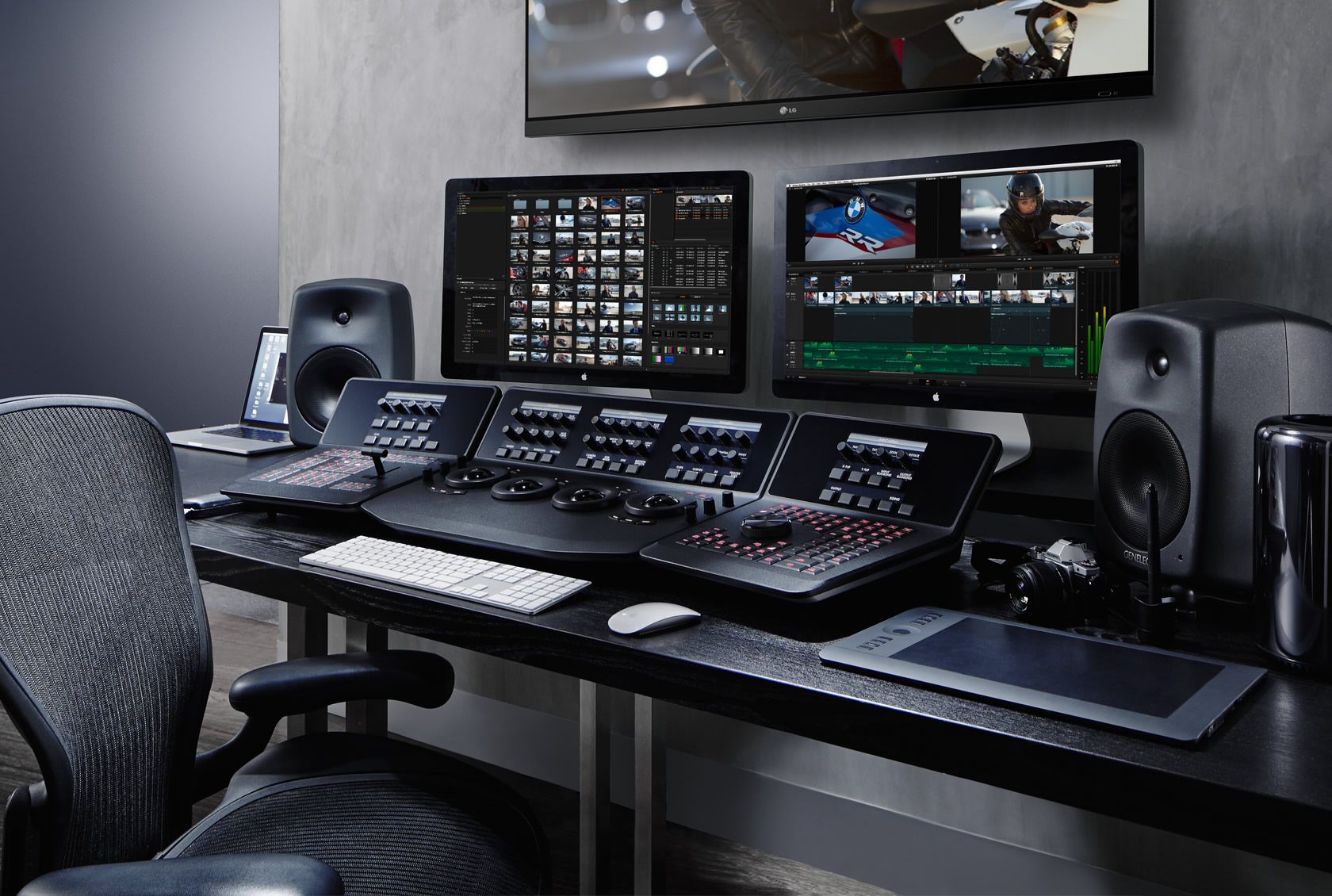Cutting Through the Noise: Mastering the Art of Video Editing
Cutting Through the Noise: Mastering the Art of Video Editing
Blog Article

In today's fast-paced digital world, video has emerged as one of the most powerful mediums for storytelling, communication, and self-expression. With platforms like YouTube, Instagram, and TikTok dominating the social landscape, the demand for high-quality video content has never been greater. However, creating captivating videos is not solely about shooting them; the magic truly happens in the editing room. Mastering the art of video editing is essential for anyone looking to stand out in the crowded arena of content creation.
Video editing is both a craft and a science, blending creativity with technical skills. It involves selecting the best shots, arranging them in a compelling way, and adding elements such as music, sound effects, and transitions to enhance the narrative. As audiences become more discerning, the need for polished and engaging videos is paramount. In this article, we will explore the key principles and techniques of video editing that can help you transform raw footage into a captivating visual experience, allowing your content to cut through the noise and make a lasting impression.
Essential Video Editing Tools
In the world of video editing, having the right tools can significantly impact the quality of your final product. A strong editing software suite is foundational, with popular options like Adobe Premiere Pro, Final Cut Pro, and DaVinci Resolve leading the charge. Each of these programs offers a unique set of features tailored to different levels of expertise, making them suitable for both beginners and seasoned professionals. They provide powerful editing capabilities, motion graphics integration, and color grading options that enhance the quality of videos.
Get More Information
Beyond software, hardware also plays a crucial role in efficient video editing. A robust computer with a solid graphics card, ample RAM, and fast storage can help streamline the editing process. Additionally, using dual monitors can increase productivity, allowing editors to view timelines and previews simultaneously. Accessories such as a good quality keyboard or a dedicated editing console can further enhance the editing experience and make the workflow more intuitive.
Lastly, many video editors rely on plugins and extensions to expand their editing capabilities. These tools allow for advanced effects, transitions, and color grading techniques that can elevate a project. Resources such as Motion Array and Envato Elements provide a vast library of royalty-free assets, including music, sound effects, and stock footage. Investing in these tools not only saves time but also enriches the creative process, enabling editors to achieve their artistic visions.
Techniques for Effective Storytelling
In video editing, effective storytelling hinges on the ability to create an emotional connection with the audience. Every cut you make should serve the narrative, guiding viewers through the storyline while evoking the intended feelings. This can be achieved by using pacing to build tension or relief. For instance, quick cuts during action scenes can increase excitement, while longer, lingering shots can draw out a sense of contemplation or sadness. Understanding the emotional arc of your story allows you to use editing techniques to amplify the impact of key moments.
Another crucial technique is the strategic use of sound and music. Sound design, including dialogue, ambient noises, and sound effects, plays a significant role in storytelling. By enhancing scenes with the right audio, you can create a richer experience that resonates with the audience. Music, in particular, is a powerful tool that can trigger emotions and set the tone of a scene. Whether it's a dramatic score that builds suspense or a light-hearted tune that complements comedic moments, the auditory elements of your video should align with the visual storytelling to create a cohesive narrative.
Transitions and visual effects should also be employed thoughtfully to support your story. While it's tempting to use flashy effects, overdoing them can distract from the message. Instead, focus on smooth transitions that enhance the storytelling flow. For example, using a fade to signify the passage of time, or a match cut that connects two seemingly separate scenes, can create visual continuity. When well-executed, these techniques not only enhance the aesthetic of the video but also deepen the viewer’s understanding and engagement with the story being told.
Tips for Enhancing Visual Appeal
To create visually captivating videos, color correction and grading are essential techniques that can significantly elevate your footage. Adjusting brightness, contrast, and saturation can dramatically affect the mood and feel of your video. Using tools like color wheels and LUTs allows you to apply consistent tones across your project, making it visually cohesive. Experimenting with different color palettes can also enhance the storytelling aspect, ensuring that your visuals resonate with your audience.
Incorporating dynamic transitions can add flair to your edits without overwhelming the viewer. Instead of relying on standard cuts, consider using creative transitions such as wipes, fades, or zooms that match the rhythm of your video. These transitions can lead the viewer's eyes smoothly from one scene to another, maintaining engagement throughout the video. Just be cautious not to overdo it; the key is to complement the content rather than distract from it.
Lastly, pay attention to the composition of each shot. Utilizing techniques like the rule of thirds or leading lines can create a more balanced and engaging frame. Additionally, layering elements within the shot can add depth and interest, allowing viewers to explore the visuals more thoroughly. Remember that well-composed shots serve as a strong foundation for any edit, enhancing not just the aesthetic but also the overall storytelling within your video.
Report this page